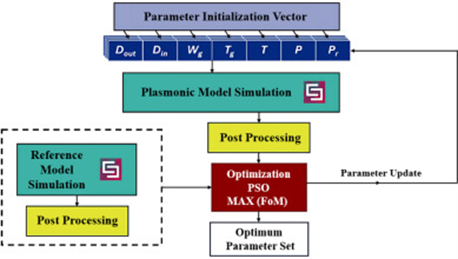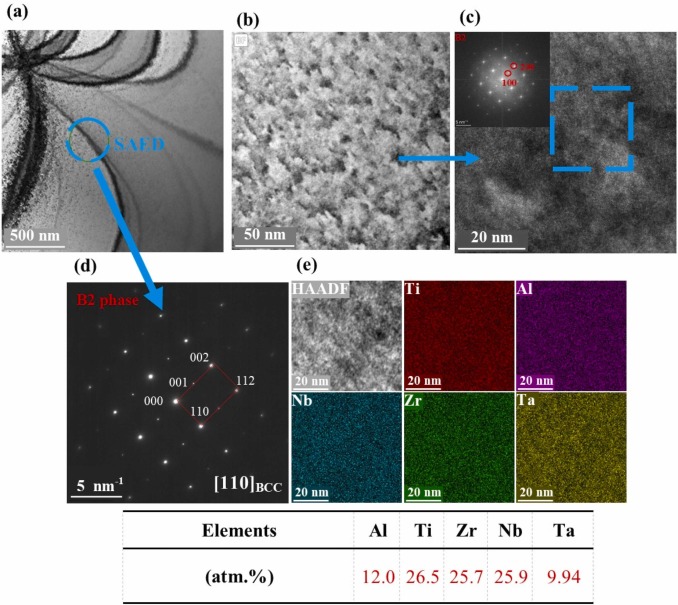
Towards evolving sensor actor networks
Sensor Actor NETworks (SANET) represent a major component of ubiquitous service environments promising interesting solutions to a wide range of problems. Despite the obvious increase in the research activities proposing architectures and protocols for SANETs, we are still no where near the production of industrial-grade SANET software that can be relied upon for mission critical applications. The cost of programming, deploying and maintaining SANET environments is still highly prohibitive due to the lack of industrial tools capable of realizing adaptive SANET software in a cost effective way. We envision next generation SANET environments as large-scale autonomous systems 1) deployed by multiple infrastructure providers, 2) running multiple applications and 3) providing ubiquitous services collaboratively to both stationary and mobile users. Software adaptability is essential due to both the fragile topology and the change of the SANET goal or mission in response to diverse events. The system should be able to change its structure and behavior at run-time while maintaining its integrity. We introduce Elastic SANET (ESANET) as an attempt to realize a scalable, flexible, cost-effective and dynamic computing infrastructure capable of efficiently running multiple applications on top of SANET hardware resources. ESANET software systems are likely to evolve over time. Deployment of software in ESANET is a progressive first class runtime operation. We propose a role-oriented software architecture that abstracts ESANET environments as fields of collaboration between specialized nodes, clusters, and overlays. We expect such architecture to achieve massive scalability and resilience to topology and context changes. Our proposed architecture could increase the network lifetime, not only by promoting efficient operation, but also by defining a mechanism to allow the network to recover from the death of individual nodes by preserving stocks of unspecialized standby stem nodes in a minimal power mode. Finally, we present a nano-middleware architecture and show how an evolution capable ESANET can be bootstrapped. ©2008 IEEE.



